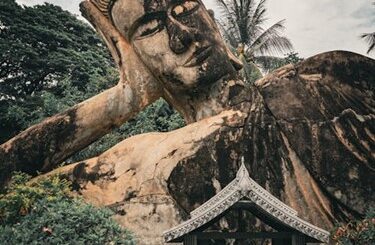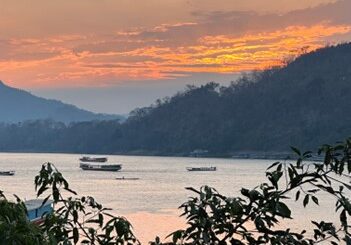Agra
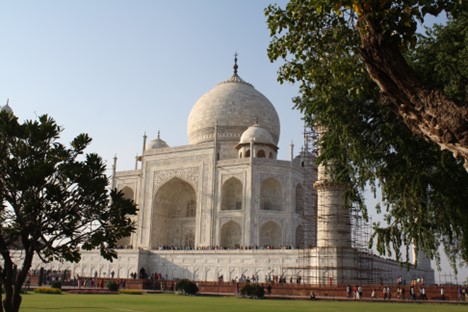
Travel Advice for Seniors: Agra
Agra is world-famous for the Taj Mahal, and it does not disappoint. Agra is located on the banks of the Yamuna river in the state of Uttar Pradesh. It should be a brief, but necessary part of your visit to northern India. We spent a full day of sightseeing at Agra and while it was a packed schedule, it was enough.
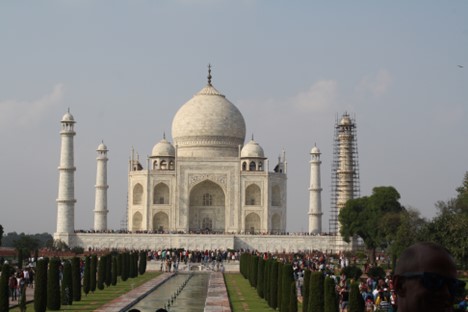
A UNESCO World Heritage site, the Taj Mahal is actually a mausoleum, which was commissioned in 1631 by the fifth Mughal emperor, Shah Jahan to house the tomb of his beloved wife, Mumtaz Mahal. Shah Jahan is also entombed here. It is a perfectly symmetrical monument to Islamic architecture. It is said that the white marble it is built with appears pink in the morning, white in the afternoon and golden yellow in the evening. Our guide relayed that it took 20,000 twelve years to build and you can see why with all the latticework detail. We had viewings at sunrise and again at sunset to see the change in color. Both were marvelous, but very crowded with tourists. Accessible parking, entrance, walkways and restrooms, though not all areas are accessible.
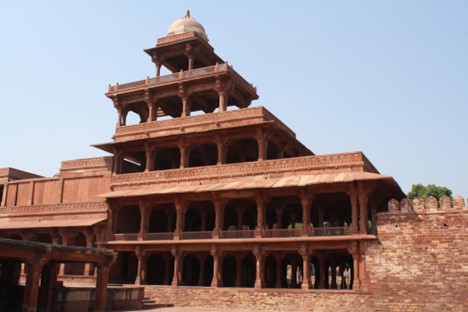
Right down the road is another UNESCO World Heritage site, the Agra Fort. The fort is a fortified palace built by the Mughal Emperor Akbar to serve as the seat of the Mughal Empire at the time. It was also the main residence of the emperors of the Mughal Dynasty till 1638, when the capital was shifted from Agra to Delhi. Partially accessible, though walkways are steep and uneven.
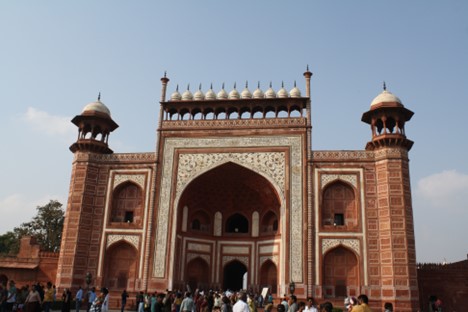
Next up was yet another UNESCO World Heritage Site, the Fatehpur Sikri Akbar Mausoleum complex, built in the 1500’s built by Emperor Akbar to celebrate his sons. It was the capital of Agra for a time until deserted due to drought. The complex of monuments and temples includes one of the largest mosques in India, the Jama Masjid. Accessible parking, entrance and walkways, provision for visually impaired.
The Akbar Mausoleum is a four-tiered pyramid with the emperor’s actual tomb in the basement. The buildings are constructed mainly from red sandstone, with white marble features. Also part of the complex, Buland Darwaza, is an impressive gateway that commemorates Akbar’s victory over Gujarat.Accessible parking and entrance.
Nearby, is a second mausoleum, built in 1580–1581 to honor the Sufi saint Salim Chishti, who foretold the birth of Akbar’s son. It is another lovely example of Mughal architecture.
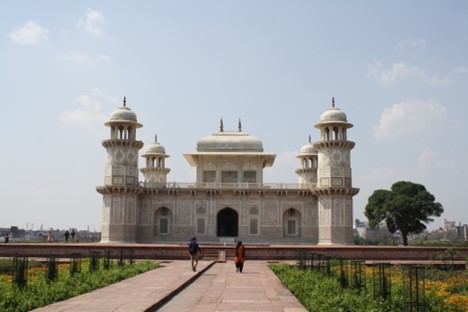
A final stop on our full day power tour was the Baby Mahal, or Tomb of Itimad-lud-Daulah, which was built by his daughter and started in the early 1600’s. Famous for being the first tomb to be built of white marble, some say it was a trial run for the Taj Mahal. It is a great deal less crowded and features lovely gardens and a nice view as well. Accessible parking, entrance and walkways.
It was a quick stop in Agra and one could easily spend two days at a more relaxed pace, but we were on our way to Ranthambore for a look at the famous Bengal tigers in the wild…if we were lucky enough to spot them!
Where we stayed: The Four Points by Sheridan Agra. Breakfast included.Accessible parking, elevators, common areas and rooms.
How we got there: Flight from Varanasi to Agra. This was part of a three week private tour through Nepal and India.
General Accessibility Information: See notes above. India is not known for accessibility, though they are making progress by introducing ramps at some major sights. Call in advance to verify and make specialty arrangements.See our sections on specialty apps and accessible travel for more on accessibility assistance.


